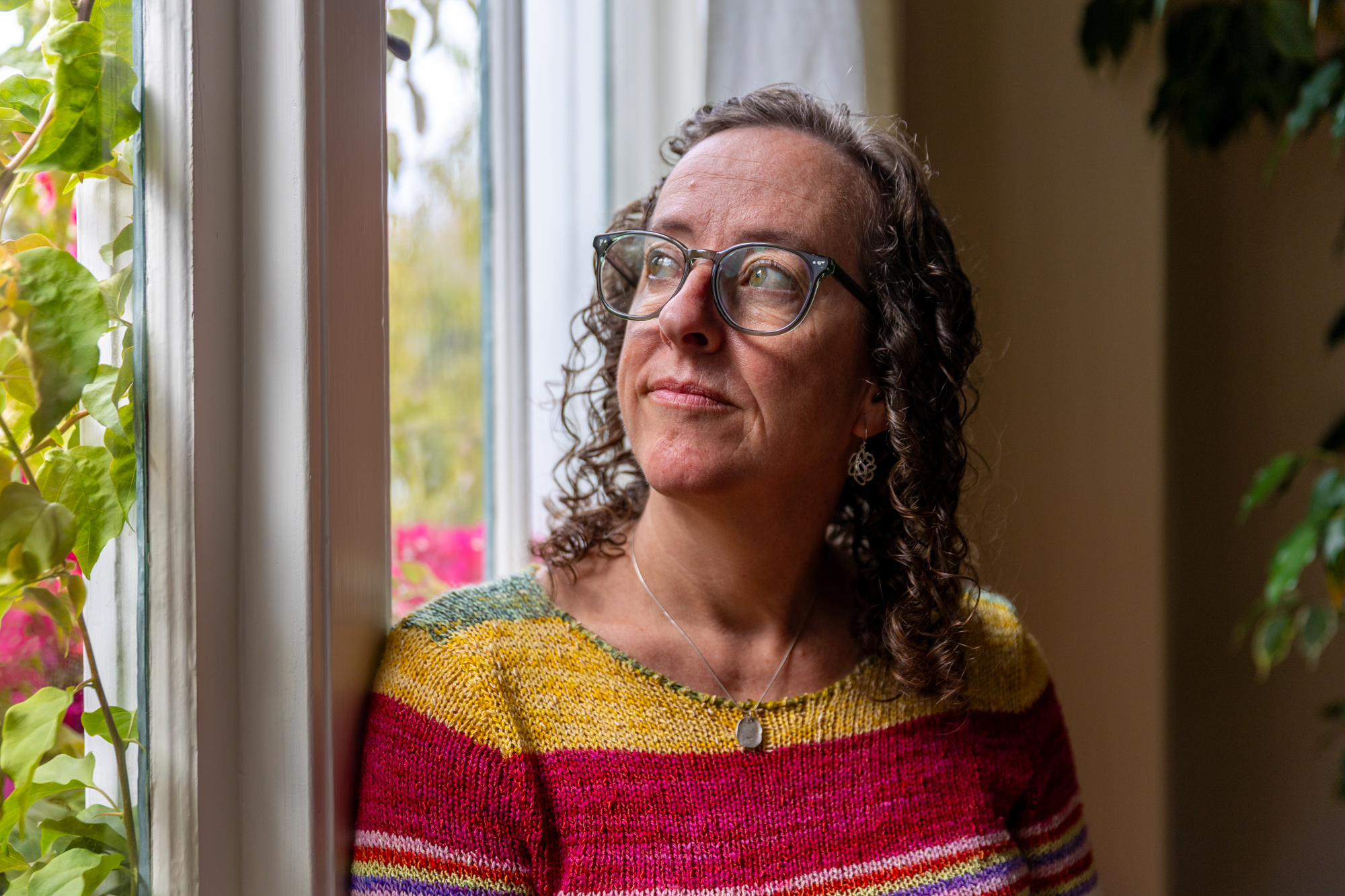
"When it was Sam's turn to receive the treatment at Stanford, Hallward recalled that more than a dozen doctors and nurses crowded into his hospital room, eager to witness the infusion. Sam, ever the showman, seized the moment. From under his blanket, he pulled out a deck of cards and performed a magic trick, fooling even the lead researcher. The room erupted in laughter."
"But within hours, the side effects hit hard. Sam suffered a severe negative reaction. He vomited and his fever spiked. By dawn, he was unresponsive. His brain swelled so severely that surgeons rushed him to the ICU, drilling into his skull to relieve the pressure. He spent 19 days there, hooked to monitors while his parents slept in chairs."
"Slowly, Sam recovered from the treatment. For a few months, there were glimmers of normal life: a group of his middle school friends, nicknamed the "blubber seals," stopped by. Card tricks. Family dinners. But the disease resumed its course. His legs grew unsteady. Forks slipped through his hands. His words began to slur. "He lost his ability to talk from one hour to the next," Kate said. "It literally just faded, and he couldn't speak anymore.""
A family enrolled their son Sam in an experimental infusion at Stanford; more than a dozen clinicians attended his treatment. Sam performed a magic trick during the infusion, but hours later he suffered a severe reaction: vomiting, fever, unresponsiveness and catastrophic brain swelling that required emergency surgery and a 19-day ICU stay. He briefly showed signs of recovery and enjoyed small moments of normalcy, but the disease returned, causing motor decline and rapid loss of speech. Sam died in his mother's arms on Dec. 2, 2022. Nine years earlier, another parent faced the same diagnosis and chose an opposite path while pregnant with twins.
Read at Kqed
Unable to calculate read time
Collection
[
|
...
]